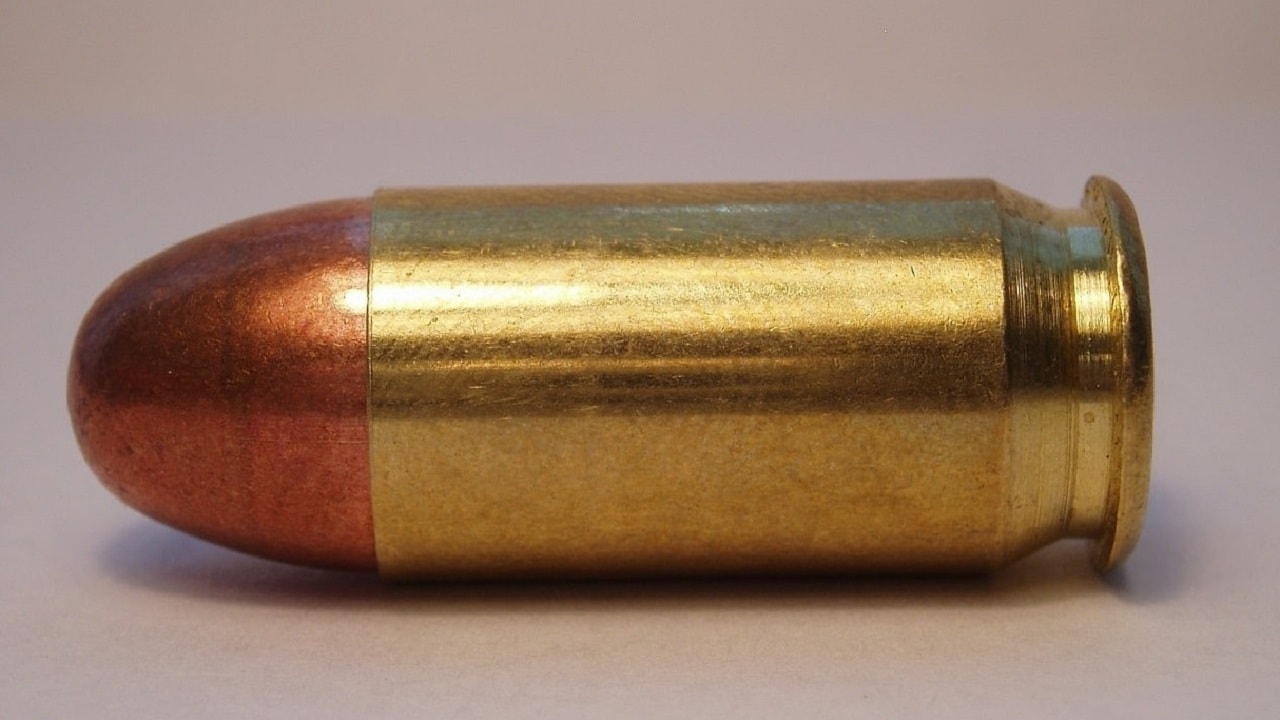There Were Some Bad U.S. Military Rifles, But the Springfield Model 1873 Was the Worst: Introduced during the early stages of the Vietnam War, the M16 was hardly a success. U.S. Army soldiers and United States Marines didn’t care for its unique design and saw the 5.56mm round as lacking the necessary stopping power. The bigger issue was the rifle was prone to jamming – largely to incompatible ammunition.
A rifle that isn’t reliable in combat can get soldiers killed, and no doubt the M16 certainly could be blamed for as much. However, there was another rifle that proved to be far worse nearly a century earlier. It was the Springfield Model 1873 “Trapdoor.”
Springfield Model 1873: Innovative Design
Besides the jamming issues, the M16 shared other similarities with the Model 1873 – each was an innovative design that was more revolutionary than evolutionary based on past battle rifles. Both rifles were also employed by the U.S. military in what were seen as distant campaigns respectively. Each was also developed by a firearm designer whose efforts required a bit of perfecting.
The Springfield Model 1873 was the first standard-issue breech-loading rifle adopted by the United States Army. It was actually the fifth variation of Erskine S. Allin’s “trapdoor” design, which was named for its hinged breechblock that opened much like a trapdoor. However, Allin was no Eugene Stoner, and while his design did result in what became the U.S. military’s primary rifle for some 20 years, the master armorer from the Springfield Armory can be best described as a footnote in U.S. rifle history.
Allin had been tasked with converting the Army’s muzzle-loading rifles into breech loaders. It was a Herculean task, to say the least. The British military had moderate success with the Snider Enfield, which saw its stocks of Pattern 1851 muzzle loading Enfield rifles adapted to breech loaders. Allin took a similar approach, but it meant lowering the caliber from .58 to .50 for safety reasons. Yet, even so there were design flaws and the breech block tended to swing open under pressure.
The design was improved and finally adopted as the Model 1873, and soon nicknamed the “Springfield Trapdoor” due to its breech-loading mechanism. To load a round, the operator had to open the latch and manually insert a single cartridge. It proved to be an accurate rifle, but its recoil was so high that soldiers jokingly said it could take down two men with each shot – the man it hit and the man who actually fired it!
As with the M16 a century later, ammunition was the weapon’s Achilles Heel. The rifle was originally issued with a copper cartridge case. Soldiers quickly found that the copper could expand excessively in the breech, while the copper could also leave a residue that would further result in it being jammed in the breech. Soldiers needed to manually extract the spent cartridge with a knife blade or other tool such as a cleaning rod. Otherwise, they were left with a second-rate club.
Even worse was that the carbine version carried by the U.S. Cavalry, which was issued without the cleaning rod. Following an investigation into the defeat and annihilation of Lieutenant-Colonel George Armstrong Custer’s battalion at the Battle of Little Bighorn in June 1876, it was suggested that many of the troopers’ Model 1873 carbines may have jammed. The cartridges were redesigned with brass cases, which didn’t expand as much as copper; and that greatly improved the effectiveness of the weapon.
However, another factor for Custer’s defeat was that the Lakota warriors were also armed with superior Henry, Spencer, and Winchester repeating rifles. In other words, the U.S. military adopted a single shot rifle – in part to help maintain fire discipline – when successful repeating rifles were already widely used by adversaries. Instead of trying to replace the Trapdoor, it was refined and improved – and only in the 1890s was the Springfield Trapdoor finally replaced by Springfield Model 1892–99 Krag–Jørgensen.
It would seem odd to consider that military planners would accept an inferior design while weapons technology was advancing so quickly. Of course the U.S. military also did that again century later when it adopted the M14 while the Soviet Union had the AK-47.
Sometimes the U.S. military has to learn its lessons the hard way.
MORE: Is Russia’s Su-57 Felon Stealth Fighter a Total Bust?
MORE: Merkova: Israel Has A Super Tank
A Forbes Magazine Contributing Writer, Peter Suciu is a Michigan-based journalist who has contributed to more than four dozen magazines, newspapers and websites. He regularly writes about military small arms, and is the author of several books on military headgear including A Gallery of Military Headdress, which is available on Amazon.com.

